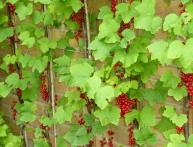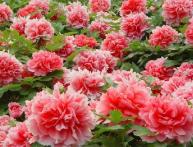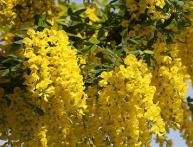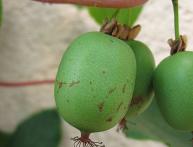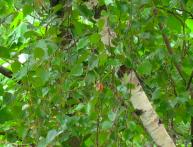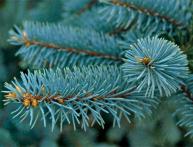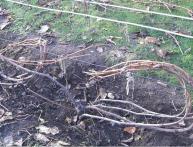Common mock orange in your garden
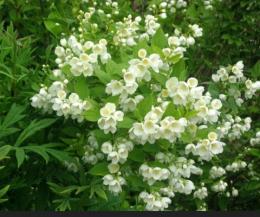
Common mock orange belongs to the perennial woody shrubs of the Saxifraga family.
The leaves of mock orange are pointed, close to the shape of an egg. Although the shape and size of the leaves varies greatly among different species. The flowers are double or simple, cream, white, less often light yellow, formed on the branches of last year's growth, arranged singly and 5-9 in an inflorescence. Most mock orange species have flowers have a pleasant aroma, but some varieties lack it. The seeds are very small, there are 10,000 pieces in 1 gram, and have good germination.
Preferring fertile, well-moistened, illuminated areas, the common mock orange is practically not susceptible to diseases and is not damaged by pests either.
Reproduce plants by layering, cuttings, dividing the bush, since when propagated by seeds, the characteristics of the parent plant are not inherited.
The best period for planting cuttings in a place of permanent growth is before the beginning of the growing season (early spring) or in the fall. In warm areas, cuttings and planting are also carried out in winter.
When cutting, watch the long section of the internode, not leaving it above the top node, which should be above the soil surface. The length of the cuttings should be approximately 15-20 cm.
Bush care - removal of old, diseased, ugly branches, formation of bushes for the convenience of mechanized processing and collection of raw materials. Protruding low branches are cut out, single shoots growing to the sides and upwards are shortened.It is advisable to cut out old branches to the base, they will be replaced by new ones. The shoots that appear again are thinned out in the fall of the same year.


